-
Menu
I don’t get many opportunities to put a macro (or close-up) lens on my camera to capture photographs of flowers. Most of the flower photos in my files were taken while I’m out shooting wildlife, so I’m about 15 feet from the plants using a telephoto lens.
But for these photos of a white iris, taken in our yard a couple of decades ago, I did … Continue reading
Click on a photo to see a larger version
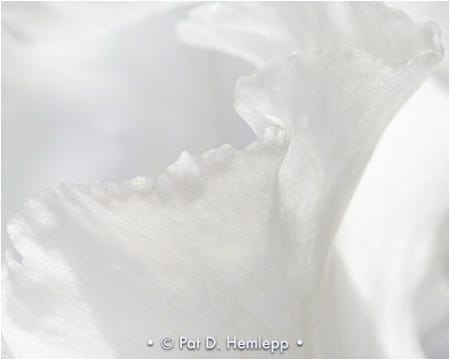
The detail along the edge of a petal of a white iris stands out against the white background, Hilliard, Ohio.
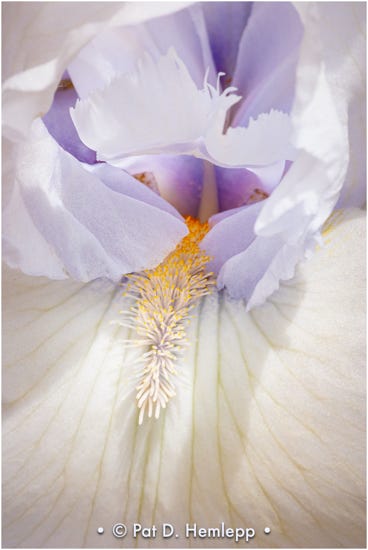
Close view of a white iris, Hilliard, Ohio.
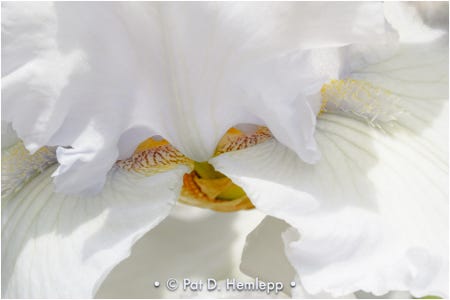
Close view of a white iris, Hilliard, Ohio.

Close view of a white iris, Hilliard, Ohio.
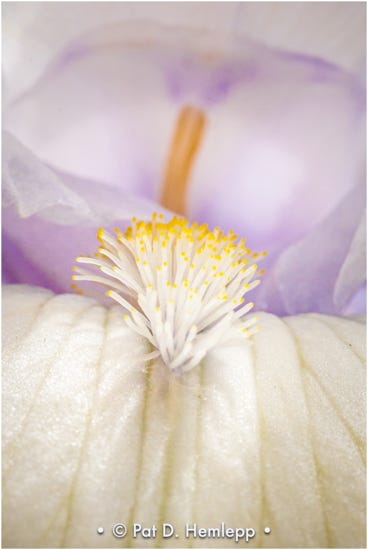
Close view of a white iris, Hilliard, Ohio.
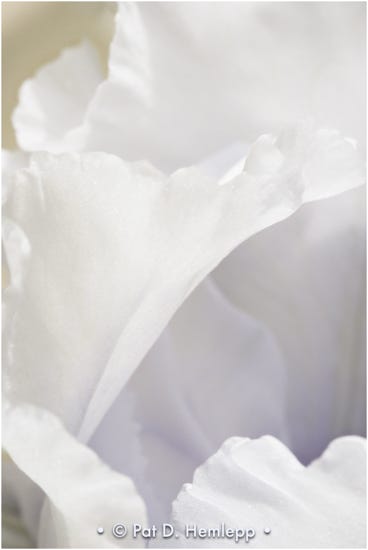
Close view of a white iris, Hilliard, Ohio.
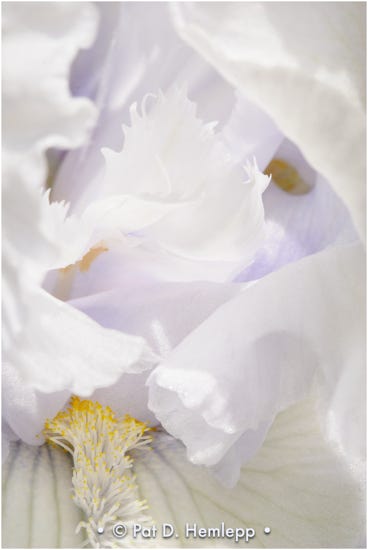
Close view of a white iris, Hilliard, Ohio.
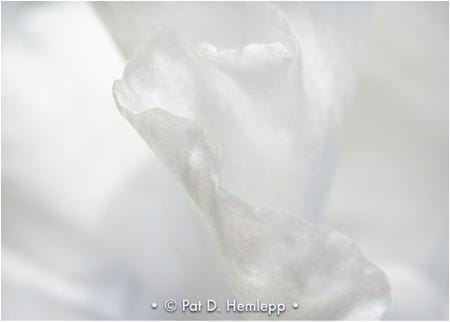
Close view of a white iris, Hilliard, Ohio.
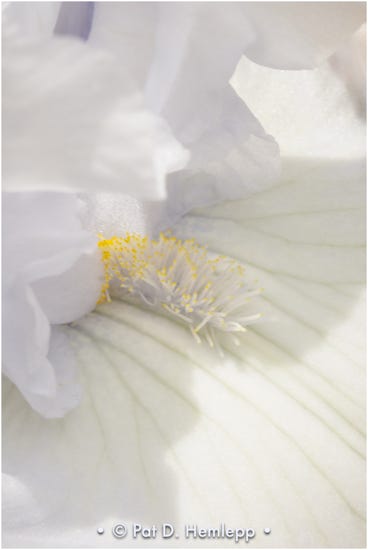
Close view of a white iris, Hilliard, Ohio.
use a macro lens – the Canon EF 100mm f/2.8. A macro lens allows a photographer to get very close to the subject, capturing detail that may be missed in photos captured from a distance.
These shots are all handheld in sunlight on a bright spring day. I admit it would have been preferable to mount the camera on a tripod to eliminate camera motion that could (and, in the case of photos I trashed, did) create blurred images. It would have been preferable to set up lighting to have better control of highlights and shadows, instead of relying on the sun. But I wasn’t planning to spend much time on the shoot. I had noticed the flowers beside our house and grabbed the camera to get some quick shots. I never expected to get usable images. To be honest I was surprised by the results.
A tripod wouldn’t have solved the biggest issue I had while taking these photos. It was a very breezy day, which made it tough to capture macro images. Even a tiny movement of the flower looks like a big movement when the camera and lens are close. Because of the wind and the swaying of the flowers, I had to frame the flower in the camera’s viewfinder and hold my position until the flower settled where I wanted it. Or I tried to track the swaying with the camera. Moving the camera with the swaying of the flowers would have been impossible with the fixed position that a tripod forced.
Most flower images I’ve shot through the years include both color and detail. That’s not the case here. These high-key photographs of an iris retain detail in what, in many cases, are monotone images.